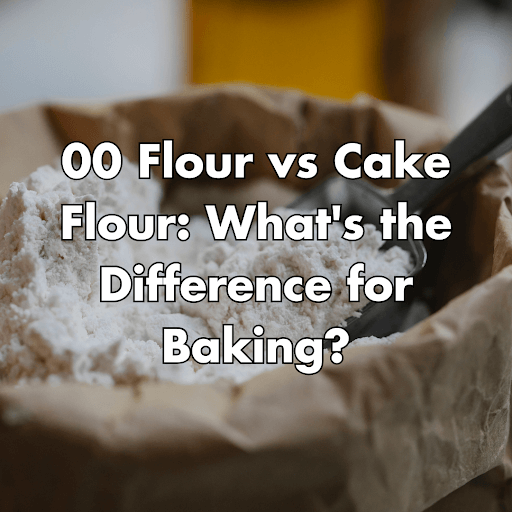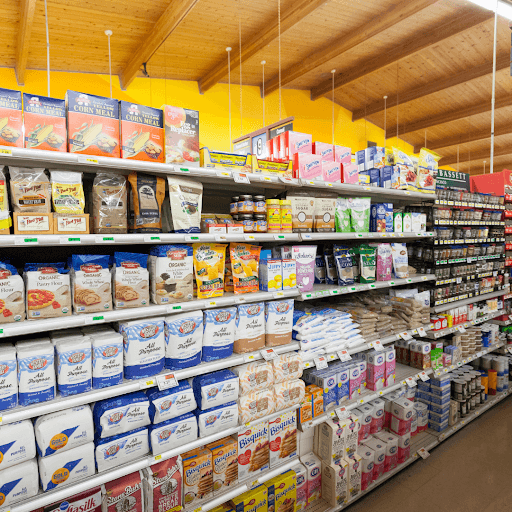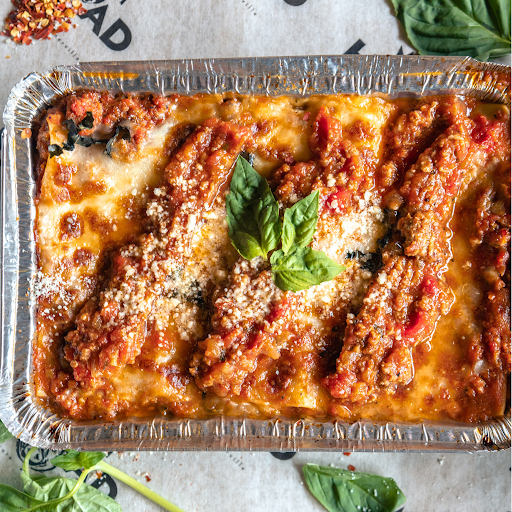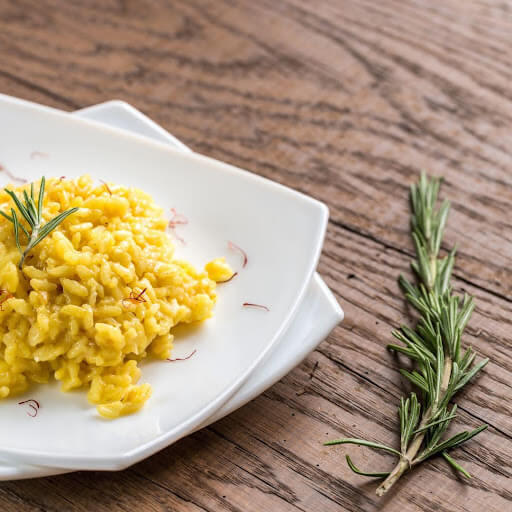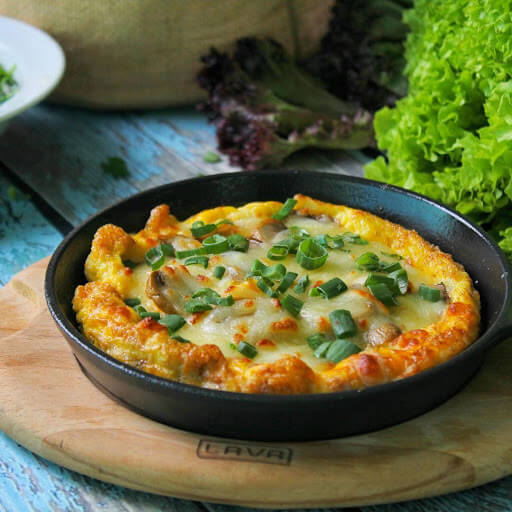I’ve spent a lot of time elbow-deep in flour, and I’ve learned a thing or two about what makes each type special.
You know how you wander down the grocery store flour aisle and it’s like a wall of white?
Trust me, I used to be just as lost.
But after countless batches of cookies, pizza, cakes, and everything in between, I’ve got a pretty good handle on the differences of each type of flour, especially between 00 flour and cake flour.
The Flour Aisle
Honestly, it’s overwhelming. All-purpose, whole wheat, pastry, and then you get into the specialized stuff like 00 and cake.
But it’s not just different bags of white powder. It’s about how the wheat is milled and, most importantly, the protein levels.
That’s where the magic (or the mess) happens.
I’m not exaggerating when I say I’ve had my fair share of baking disasters.
I remember trying to make a pizza crust with all-purpose flour that turned out like cardboard.
And then there was the time I mistook pastry flour for bread flour – let’s just say my loaf was…dense.
But through those missteps, I’ve learned a ton about what each flour brings to the table.
00 Flour: My Go-To for Pizza Dough & Pasta
Let’s start with 00 flour, otherwise known as double zero. I use this constantly for pizza.
It’s a super-fine Italian flour, and it’s become a must-have for thin crust pizzas.
What’s the “00” part, you ask? That’s just how finely it’s ground.
I’m a huge fan of 00 flour, especially for pizza. It’s become a staple in my kitchen. The “00” designation, that super-fine grind, makes all the difference.
It’s almost powdery, and that texture helps make a dough that’s incredibly smooth and easy to work with.
What to Know About 00 Flour
It’s the finest grind you can get, and that makes a huge difference in the texture of your dough. Honestly, just touching it, you can tell it’s different. It’s so much finer than regular all-purpose flour. This is what leads to that perfect, delicate crust.
I’ve found it’s perfect for pizza bases, especially if you’re going for that thin, crispy crust. And homemade pasta? Forget about it. It gives you that smooth, silky dough that cooks up just right. It stretches beautifully, and when baked, it creates that airy, slightly chewy crust that I crave.
Making homemade pasta used to seem daunting, but 00 flour makes it so much more approachable. The dough comes together smoothly, and it rolls out effortlessly. The texture of fresh pasta made with 00 flour is just unbeatable.
I’ve noticed it absorbs less water than other flours with higher protein. This means you get a dough that’s easy to handle, not sticky and frustrating. One thing I’ve noticed is that 00 flour doesn’t absorb as much water as higher-protein flours. This is a good thing! It means you’re less likely to end up with a sticky, unmanageable dough.
If you love thin crust pizzas, 00 flour is non-negotiable. It creates a crust that’s crisp on the edges and tender in the center.
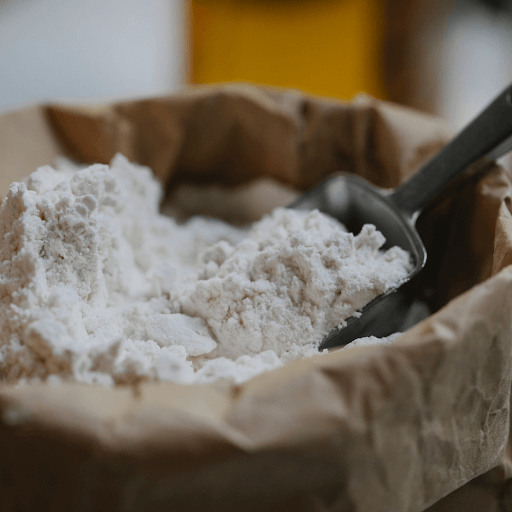
What to Know About Cake Flour
Then there’s cake flour. This is what I use out when I want a super tender cake. Think sponge cake or angel food cake. It’s all about the low protein content.
When it comes to cakes, especially those that need a light, airy texture, cake flour is my go-to. I’ve learned that its low protein content is the key to achieving that delicate crumb.
The key here is that it has a much lower protein content than 00 flour, or even all-purpose. That means less gluten, which is exactly what you want for a light, airy cake. The lower protein content means less gluten development. This is crucial for cakes like sponge cake and angel food cake, where you want a tender, almost ethereal texture.
I only use this for cakes where I want that super delicate crumb. It’s not going to work for anything that needs structure, like bread. I used to struggle with getting cakes to turn out light and fluffy, buut once I started using cake flour, it was a game-changer. My cakes are now consistently moist and tender.
Because of the lower gluten, you get that melt-in-your-mouth texture. It’s a game-changer for certain cake recipes. With cake flour, you don’t have to worry about overmixing, which can lead to tough cakes. The lower gluten content makes it more forgiving.
I’ve learned the hard way, don’t even try to make bread or pizza with cake flour. It just won’t work. It’s important to remember that cake flour isn’t suitable for all baking projects. I wouldn’t use it for anything that requires a strong gluten structure, like bread or pizza.
Angel food cake, in particular, is a cake that requires cake flour. The result is a cake that is very light, and airy.
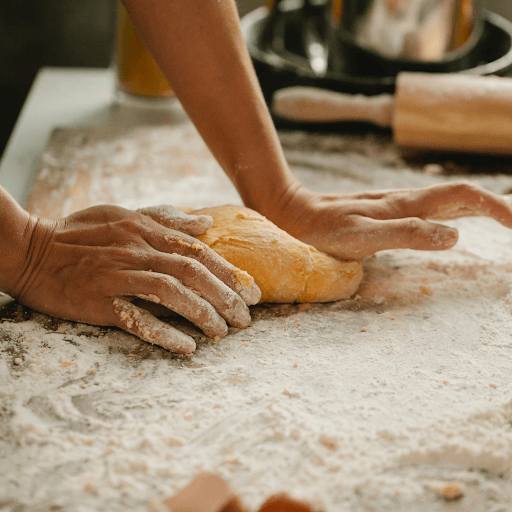
Protein: The Backbone of Baking
Honestly, it all boils down to protein. That’s what determines how much gluten develops
I’ve come to realize that protein content is the most critical factor in determining how a flour will perform.
It’s the protein that forms gluten, which is what gives baked goods their structure.
High Protein: If you want chewy bread or pasta that holds its shape, you need high-protein flours like bread flour or durum wheat. Flours with high protein content, like bread flour, are ideal for bread making. The strong gluten development creates a chewy, elastic dough that rises beautifully.
Low Protein: For tender cakes and pastries, low-protein flours like cake flour are essential. Flours with low protein content, like cake flour, are perfect for tender baked goods. The minimal gluten development results in a delicate, crumbly texture.
00 flour is kind of in the middle. It has enough protein for a good pizza crust or pasta, but not so much that it gets tough.
00 flour strikes a balance between high and low protein. It has enough protein to create a good gluten structure for pizza and pasta, but not so much that it becomes tough.
A Quick Flour Rundown
Let me give you a quick rundown of the other flours I use:
- All-Purpose (AP): This is my everyday flour. It does pretty much everything decently. It’s versatile and can be used for a wide range of baking projects.
- Whole Wheat Flour: I use this for bread and some cookies. It adds a nutty flavor and a boost of fiber.
- Pastry Flour: I use this for pie crusts and some pastries. It’s a step above all purpose for delicate pastry.
- Self-Rising: I keep this on hand for quick biscuits and some cakes. The leavening is already in it.
- Rye: I use this for specific bread recipes. It has a very distinct flavor.
- Semolina: This is for pasta and some breads. It’s coarser than 00 and adds a unique character to baked goods.
- Gluten-Free: I have almond flour, rice flour, chickpea flour, potato flour, and corn flour for when I need to bake gluten-free.
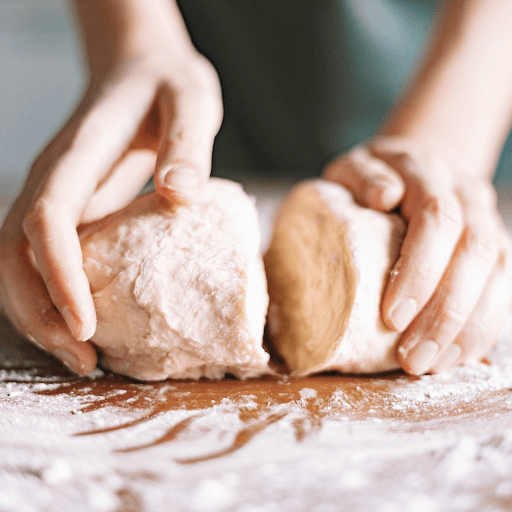
My Flour Storage Tips
- Airtight: I keep all my flour in airtight containers to avoid both excess moisture and bugs.
- Dry and Cool: I store them in a cool, dry place. The pantry is perfect. Keep them away from direct sunlight and heat.
- Shelf Life: White flours last a while, but whole wheat goes rancid faster.
Frequently Asked Questions about Flour (FAQs)
Q: Can I swap 00 and cake flour?
A: No, you will get very different results. Can I substitute 00 flour for cake flour? No, you’ll get vastly different results.
Q: Where do I get 00 flour?
A: Most larger grocery stores, like Whole Foods, carry it now.
Q: Is there a difference between American and Italian flours?
A: They’re different, even if they’re both wheat. They differ significantly in terms of wheat variety and milling process.
Q: Can I make cake flour?
A: You can, but it’s easier to buy it.
A: At the end of the day, it’s all about using the right flour for the job.
Q: I don’t have 00 flour. Can I use bread flour for my pizza?
A: You can, but the texture will be different. Bread flour has a higher protein content, so your pizza crust will be chewier and denser.
Q: Can I mix cake flour with all-purpose flour to get a ‘medium’ flour?
A: Yes, you can! This is a common trick. By mixing them, you’re essentially creating a flour with a protein content somewhere between the two. This can be useful for recipes where you want a slightly tender texture but still need some structure.
Q: How does humidity affect my flour and baking?
A: Humidity is a real pain! It can cause flour to absorb moisture, which can affect the hydration of your dough or batter. In humid climates, you might need to use slightly less liquid in your recipes.
At the end of the day, baking is all about experimentation. Don’t be afraid to try different flours and see how they affect your baked goods.

